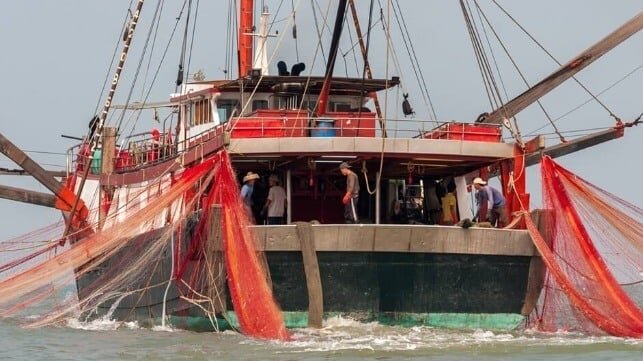The Dangers of Working on or Near the Sea
Working on or near the sea is considered one of the most dangerous ways to make a living, according to recent survey results from the Lloyd’s Register Foundation and Gallup. The survey categorized individuals as “ocean workers,” a broad group that includes those who work on or near the water. Shockingly, these ocean workers reported higher rates of injury compared to any shoreside industry grouping.
The survey revealed that 25 percent of all ocean workers had experienced harm on the job within the past two years. This statistic was seven points higher than the global average and more than twice the rate of reported injuries in the safest sector, the utility industry.
One concerning finding was that workers in the ocean worker category reported lower rates of safety training compared to their shoreside counterparts. Only 32 percent stated that they had received occupational safety and health training at some point, in contrast to 38 percent of workers in other industries. Additionally, they were less likely to report injuries, with only 41 percent of those injured at sea actually reporting the incident, reflecting a cultural preference for toughness.
Lloyd’s Register Foundation’s research also highlighted that ocean workers were more exposed to risks from weather than any other group. A staggering 33 percent reported serious personal harm from severe weather within the last two years, a significantly higher rate than other workers.
It is important to note that the survey’s ocean worker statistics encompass injury rates in the fishing industry, which inherently carries a higher risk profile than commercial shipping. In the United States, the workplace fatality rate in the fishing industry is 28 times higher than the national average for all industries. Globally, the Pew Charitable Trusts estimates that around 100,000 individuals die in the fishing industry annually, with many deaths going unreported due to the informal and exploitative practices of IUU fishing operators.
These findings shed light on the perilous nature of working on or near the sea, emphasizing the urgent need for enhanced safety measures and training for ocean workers across various industries.

